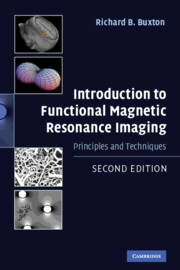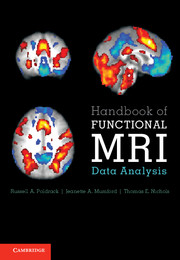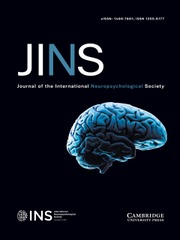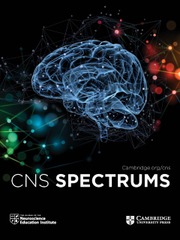Introduction to Functional Magnetic Resonance Imaging Book and CD-ROM Pack
In An Introduction to Functional Magnetic Resonance Imaging, Richard Buxton, a leading authority, provides an invaluable introduction to how fMRI works, from basic principles and the underlying physics and physiology, to newer techniques such as arterial spin labeling and diffusion tensor imaging. The supplementary CD-ROM contains all the figures from the book as PowerPoint files, together with movies of cross-sectional anatomical MR images and a library of all the MR images used in the movies as individual Tiff files. These comprise the following sets: high resolution volume imaging sets in three orientations; T1-weighted spin-echo (transverse); T2-weighted spin-echo (transverse); and T1-weighted true inversion recovery (sagittal). As a supplement to the book, and a resource for teachers and researchers, this combination of text and dual platform CD is invaluable.
- Detailed introduction to the physics and physiology of fMRI techniques
- CD-ROM contains all figures from the book as PowerPoint Files plus supplementary images
- Enables user to present a slide show or study image sets in detail
Product details
March 2002Mixed media product
9780521002745
536 pages
263 × 185 × 33 mm
1.46kg
168 b/w illus.
Unavailable - out of print June 2007
Table of Contents
- Introduction
- Part I. An Overview of Functional Magnetic Resonance Imaging: I A. Introduction to Functional Neuroimaging:
- 1. Energy metabolism in the brain
- 2. Cerebral blood flow
- 3. Brain activation
- I B. Introduction to Functional Magnetic Resonance Imaging:
- 4. Nuclear magnetic resonance
- 5. Magnetic resonance imaging
- 6. Imaging functional activity
- Part II. Principles of Magnetic Resonance Imaging: II A. The Nature of the Magnetic Resonance Signal:
- 7. Basic physics of magnetism and NMR
- 8. Relaxation and contrast in MRI
- 9. Diffusion and the MR signal
- II B. Magnetic Resonance Imaging:
- 10. Mapping the MR signal
- 11. MRI techniques
- 12. Noise and artifacts in MR images
- Part III. Principles of Functional Magnetic Resonance Imaging: III A. Perfusion Imaging:
- 13. Principles of tracer kinetics
- 14. Contrast agent techniques
- 15. Arterial spin labeling techniques
- III B. Blood Oxygenation Level Dependent (BOLD) Imaging:
- 16. The nature of the BOLD effect
- 17. Mapping brain activation with BOLD-fMRI
- 18. Statistical analysis of BOLD data
- 19. Efficient design of BOLD experiments
- Appendix: the physics of NMR
- Index
- CD-ROM.










